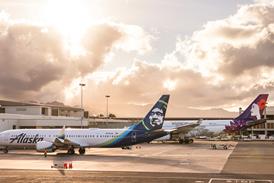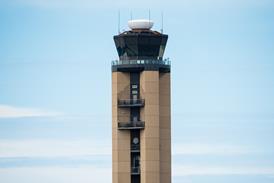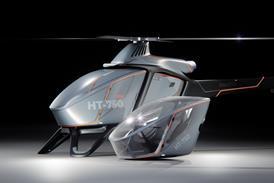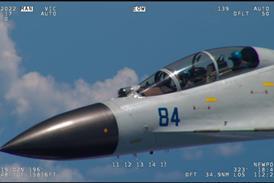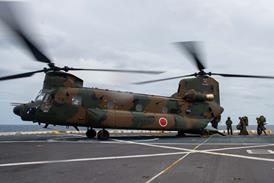US Air Force brings UAV into everyday use over the USA following completion of Block 10 operational testing
The US Air Force's 9th Reconnaissance Wing last week began its first routine training missions with the Northrop Grumman RQ-4 Global Hawk unmanned air vehicle from Beale AFB, California following the completion of operational assessment testing of the Block 10 air vehicle on 18 November.
"This is the first routine use of Global Hawk over the USA in which the air force simply has to file a flight plan. It brings it into everyday use, and is a pretty significant milestone because of the way this programme originally started," says Northrop Global Hawk business development director Ed Walby.
Unlike virtually all other current USAF operational systems, the Global Hawk was brought into military operations before it had completed its full test and evaluation programme.
The operational assessment, which Northrop says is also "a significant milestone towards certifying the system to meet initial operational capability requirements", included two flight tests.
The first, undertaken in October, included an "eastern" sortie to Eglin AFB, Florida and a recently conducted "northern" sortie to Alaska.
The Alaskan flight demonstrated "how far north you can fly with the current satellite architecture, sensor performance against cold targets such as ice and frozen lakes, operations at very cold temperatures, and provided a chance to test out some of the system architecture with more military involvement", says Walby.
The 28h Alaskan mission was flown from Edwards AFB, California up the west coast and over Canada, and covered roughly 5,325km (2,880nm) from take-off to first target.
Although Global Hawk has been in service in Afghanistan since late 2001, the mission was mandated and conducted by the Air Force Operational Test and Evaluation Center to collect data points not yet seen in service around the Middle East. "This is the last piece of the justification that this system is meeting the military specification," says Walby, who adds that full initial operational test and evaluation of the more advanced Block 20/30 derivative is planned for late 2008.
The first Block 20 aircraft is currently completing high-speed taxi trials and is expected to make its first flight by year end. A further six Block 20s are being built, and assembly work is also now under way on vehicle AF13, the first Block 30 variant. This will carry an advanced signals intelligence payload for high- and low-band electronic signals collection.
In addition to the seven Block 20s already ordered for the USAF, Northrop plans to supply 26 Block 30s and up to 15 Block 40s, with the latter scheduled to carry the Multi-Platform Radar Technology Insertion Programme air-to-air/air-to-surface radar that is under development with Raytheon on the Scaled Composites-built Proteus test aircraft.
Source: Flight International


